Table of Contents
Introduction
This blog shows the time domain of the boxcar window, derives it’s frequency response as well as the magnitude-squared of the frequency response.
Check out these other DSP blogs:
Boxcar Window
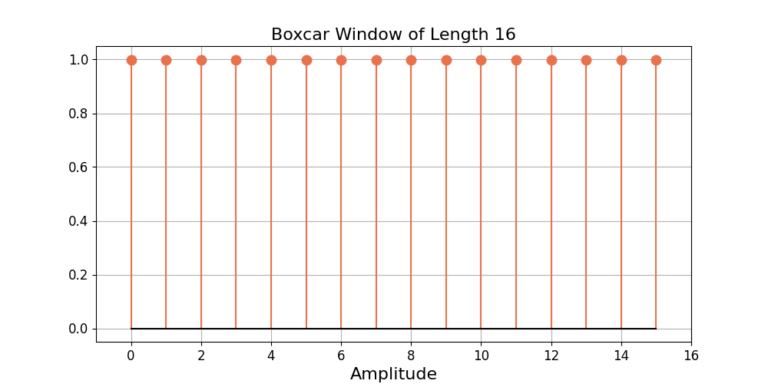
Fourier Transform of Boxcar Window
Since (1) is discrete-time the Discrete-Time Fourier Transform (DTFT) must be taken.
The DTFT is defined as (reference)
(2) ![]()
(3) ![Rendered by QuickLaTeX.com \begin{equation*}\begin{split}H\left( e^{j\omega} \right) & = \sum_{n} h[n] e^{-j\omega n} \\& = \sum_{n=0}^{N-1} e^{-j\omega n}.\end{split}\end{equation*}](https://www.wavewalkerdsp.com/wp-content/ql-cache/quicklatex.com-496e9c57c6148dc58da0a8a162be2f6b_l3.png)
Equation (3) is now a finite geometric series. The sum of a finite geometric series
(4) 
can be written as (reference)
(5) ![]()
Comparing (3) to (4), a = 1 and ![]() . The summation from (5) can therefore be written as
. The summation from (5) can therefore be written as
(6) ![]()
Frequency Response Magnitude
The magnitude-squared of (6) is given by
(7) 
Multiplying the terms from (7),
(8) ![]()
Gathering like terms,
(9) ![]()
The complex exponentials can be written in terms of cosine such that
(10) ![]()
which can be simplified to:
(11) ![]()
Equation (11) for N=16 is plotted in Figure 2. The computed magnitude is shown along side to show their equivalence and the correctness of the derivation.
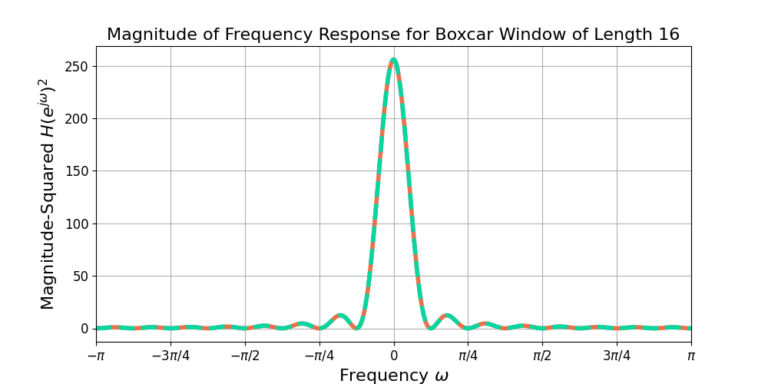
Conclusion
The equation for the boxcar window was given and the frequency response and it’s magnitude-squared was derived. The magnitude-squared of the frequency response was plotted in both equation from and being computed using software to show their equivalence.
Check out these other DSP blogs:
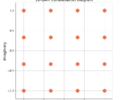

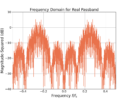
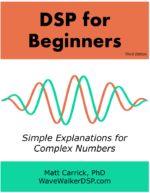
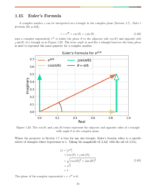
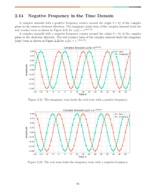
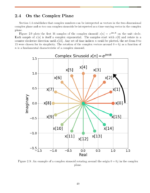
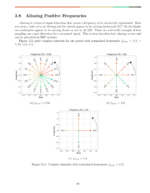
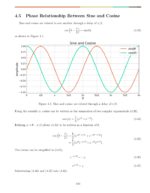
![Rendered by QuickLaTeX.com \begin{equation*}h[n] = \begin{cases}1, & 0 \le n \le N-1 \\0, & \text{otherwise}.\end{cases}\end{equation*}](https://www.wavewalkerdsp.com/wp-content/ql-cache/quicklatex.com-27c5cdc5cf8357ef647888d1b84b5bfd_l3.png)